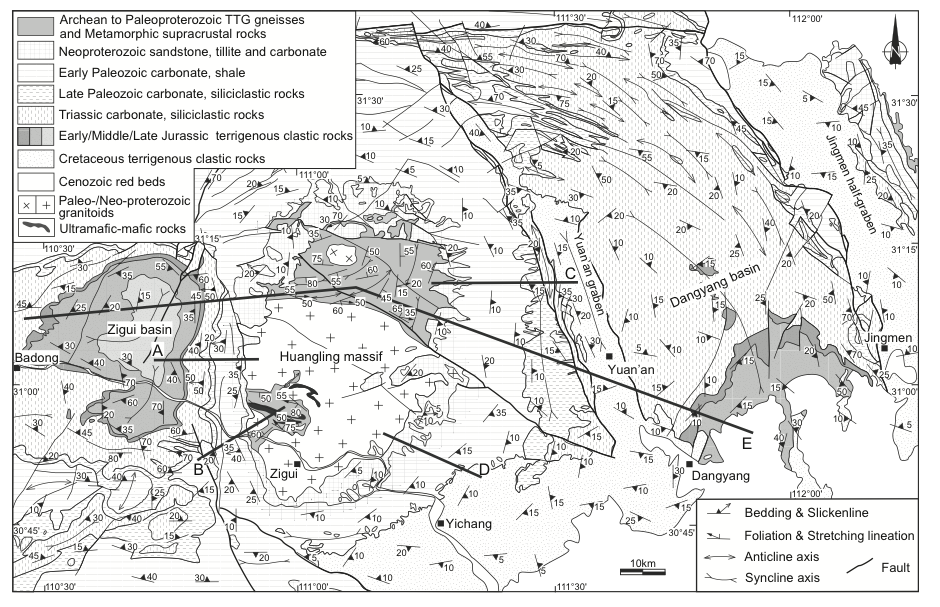Imagine how you might measure someone’s spatial thinking skills – their ability to understand, manipulate, and reason about how objects interact in physical spaces.
If you’re a psychologist, you probably immediately thought of Shepard and Metzler’s mental rotation task. In this task, participants are shown two illustrations and asked if the pictured objects are identical or different. For example, in the pairs below, A and B are the same object viewed from different angles while C shows two different objects.

In the past 50 years, psychologists have often used that task (and variants of it) to measure individual differences in people’s spatial reasoning skills. Importantly, those spatial skills are predictive of later success in STEM fields. For example, in a 2009 study, 45% of those with a STEM Ph.D. scored in the top 4% in the US on the spatial ability composite shown below during high school.

However, the spatial skills that scientists actually use in their daily lives are both varied and complex. In a recent article published in the Psychonomic Society journal Cognitive Research: Principles and Implications, Kinnari Atit, David Uttal, and Mike Stieff (pictured below) argue that psychologists should partner with STEM experts to enhance our understanding of spatial thinking.
The authors focus on the specific types of spatial thinking needed within three STEM fields: geology, surgery, and chemistry.
Structural geologists focus on using currently visible rock formations to understand a region’s geological history. For example, the map below shows the topography and geological history of an area in South China. One of the fascinating parts of a geologists’ expertise is how their existing knowledge alters how they view, interpret, and remember these topological maps.

When asked to remember locations within geological formations, expert geologists are more accurate than other experts with high spatial skills (e.g., organic chemists). Thus, spatial skills are not context neutral, but instead depend on both basic skills and content knowledge.
Domain knowledge and spatial skills also interact in medicine. Laparoscopic surgeons use small incisions and cameras to view surgical sites far away from the incision. Accurately interpreting the information on the video monitor and using that information to guide their actions is extremely difficult. The surgeon needs to map the images on the 2D screen to the 3D space of the relevant organs and surgery site. In this process, their existing knowledge of anatomy is vital for reducing errors.

Finally, chemistry offers a particularly difficult spatial challenge because individual atoms and molecules are not directly visible. Instead, chemists use 2D representations to represent the compounds and to understand how they may interact. A successful chemist must be able to understand the 3D information encoded into the diagram and be able to translate between multiple forms of representations.

Overall, the actual spatial skills used in STEM fields are much more complex than those typically used by psychologists to measure spatial ability. The authors suggest that we need to expand our thinking on what spatial skills are in order to determine how best to develop the skills students need for STEM success. By more closely examining how experts solve spatial problems, we may be able to better support learners as they become those experts.
Psychonomic Society article considered in this post:
Atit, K., Uttal, D. H. & Stieff, M. (2020). Situating space: using a discipline-focused lens to examine spatial thinking skills. Cognitive Research: Principles and Implications 5, 19 https://doi.org/10.1186/s41235-020-00210-z

